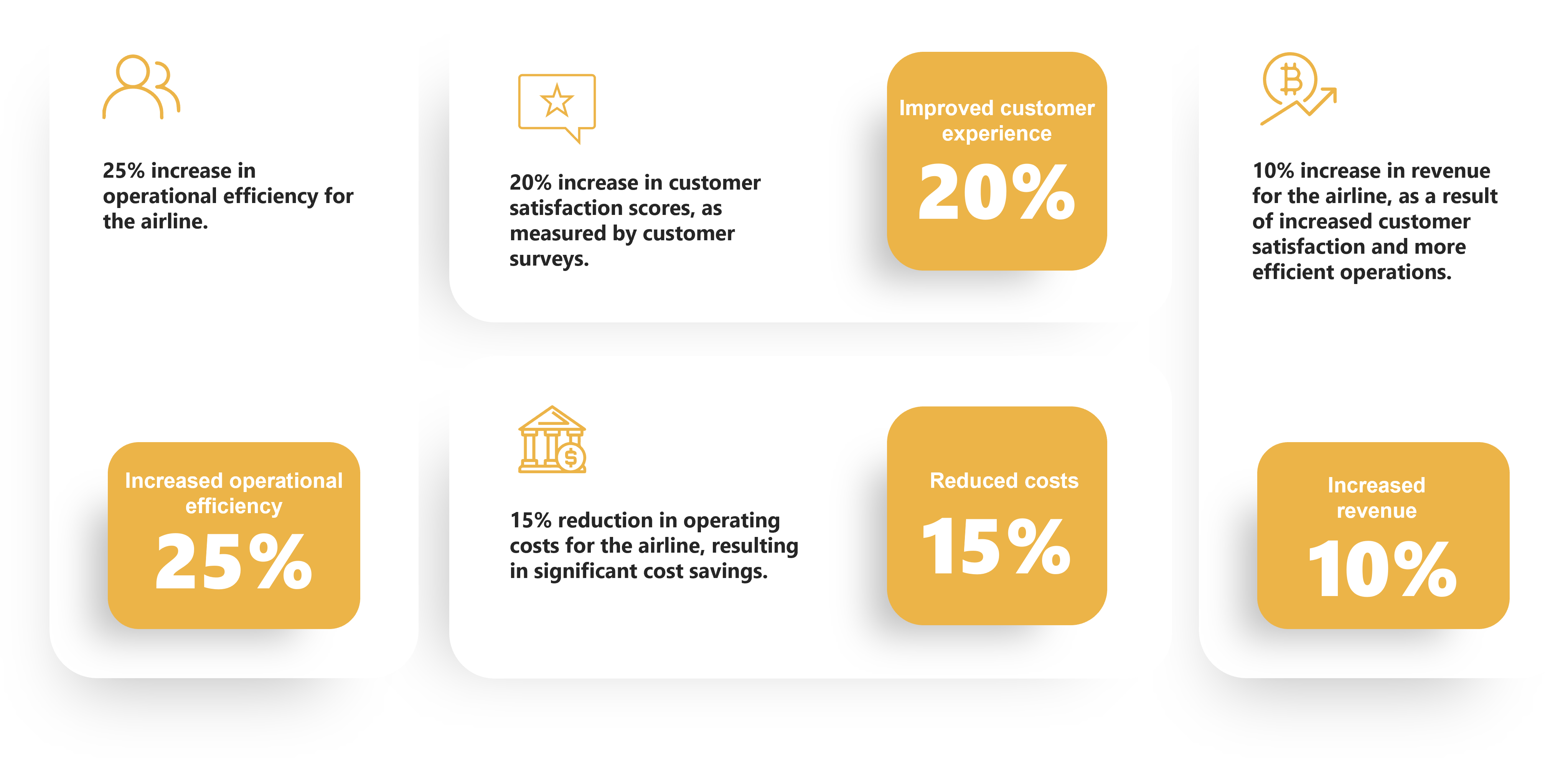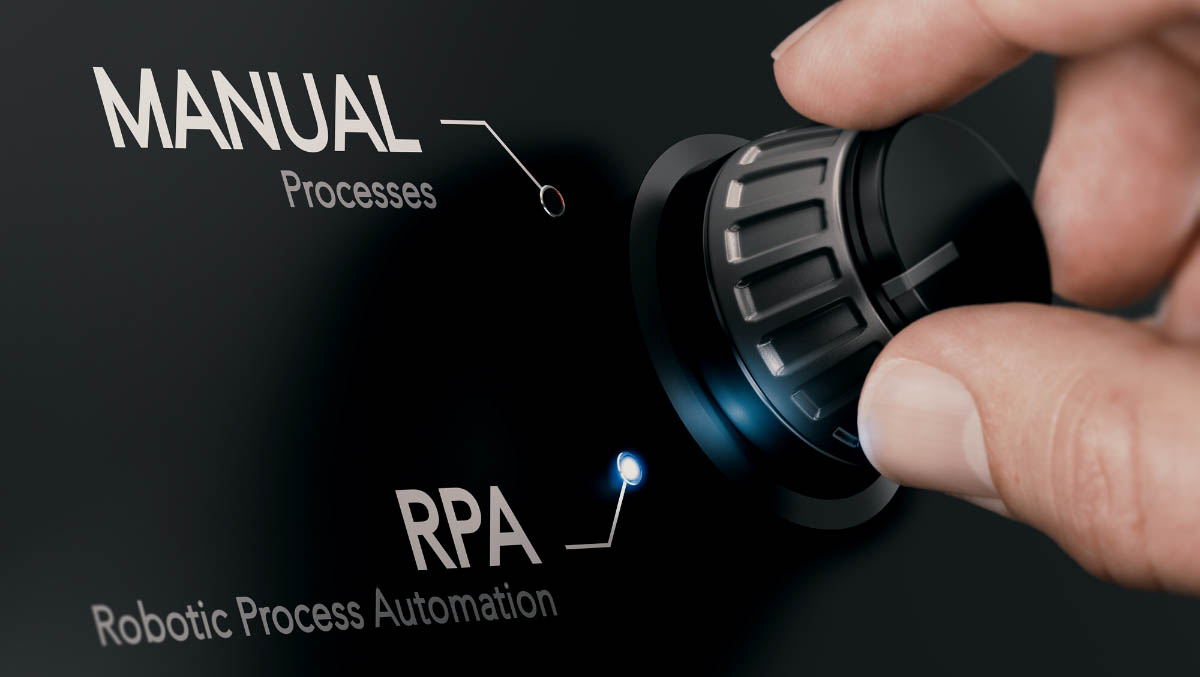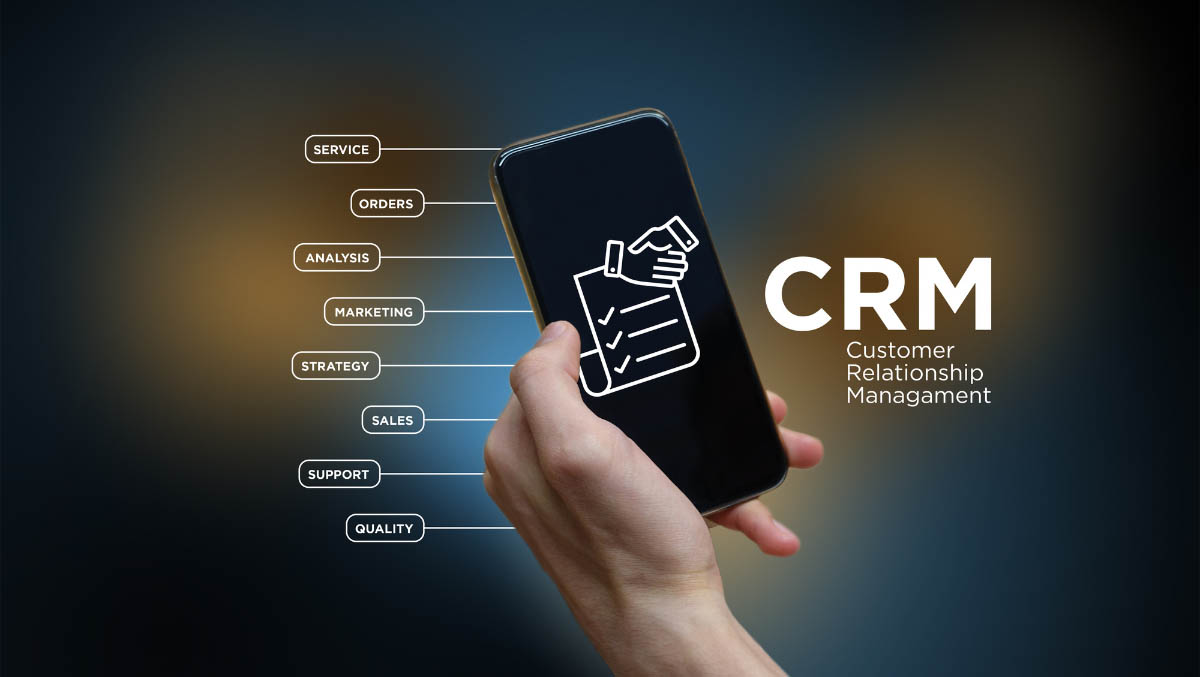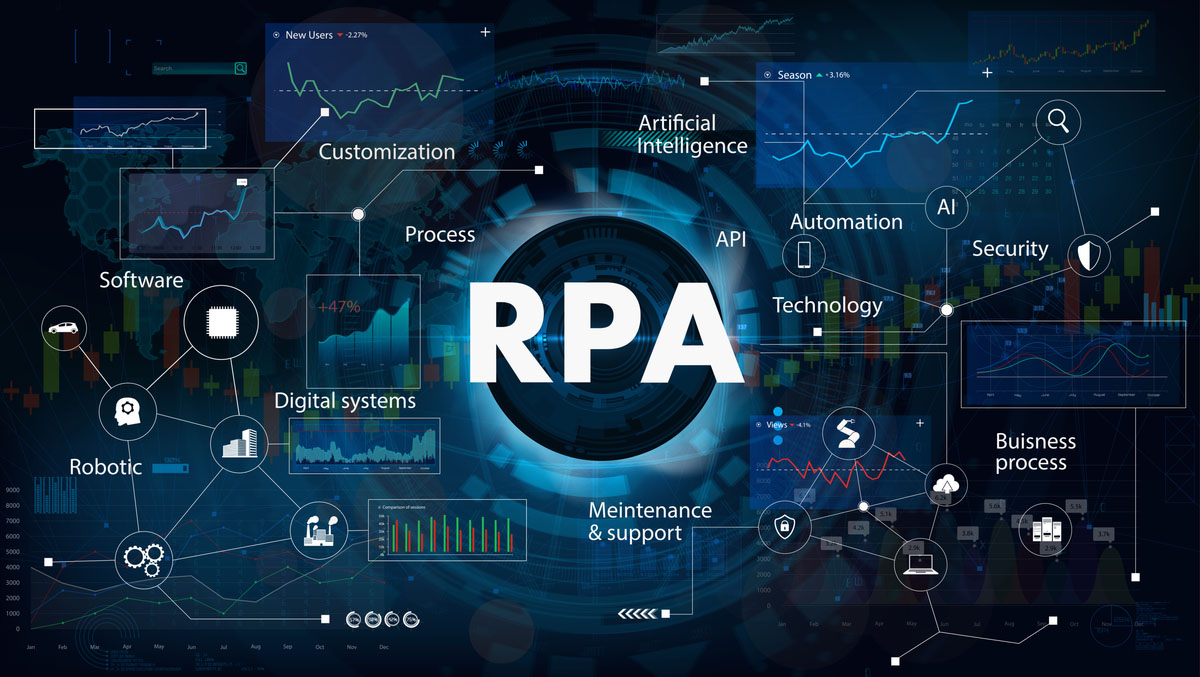Elevating Healthcare Operations with Microsoft Power Platform
Business Problem
Business Solution
The business solution for this case study is to create a single, unified web application that is designed specifically to meet the needs of Line Technicians, Leads, and Supervisors, the application will be easy to navigate, will provide them with all the information they need in one place, and will be accessible from outside the office premises through iOS devices. This will improve efficiency, reduce the time taken to fix an issue and report the solution to the management and support collaboration and communication among Line Technicians, Leads and Supervisors, ultimately leading to increased productivity and performance.
Technical Solution
Technologies
The technical solution for this case study involves the use of several different technologies such as Sketch, Figma, Bootstrap, Angular JS, React JS, Oracle DB, Adobe Creative Cloud, Dotnet. These technologies will be used to create a modern, user-friendly web application that is easy to navigate, with a responsive layout. They will handle the application's logic and data, store and retrieve data, create visual assets and handle the application's logic, data, and security. The goal is to create an efficient, reliable, and secure web application that improves the productivity and performance of Line Technicians, Leads, and Supervisors.
Customer Success Outcomes

Increased operational efficiency: The implementation of the digital applications resulted in a 25% increase in operational efficiency for the airline.
Latest Case Studies
Our Case Studies

.jpg)
.jpg)
.jpg)
.jpg)
.jpg)
.jpg)

.jpg)
.jpg)
.jpg)
.jpg)
.jpg)
.jpg)
.jpg)
.jpg)
.jpg)
.jpg)
.jpg)
.jpg)
.jpg)
.jpg)



.jpg)


.png)
.png)
.jpg)

.jpg)
.png)
.png)
.png)

.png)
.png)
.png)



.jpg)

.jpg)


.jpg)



.jpg)


.jpg)





